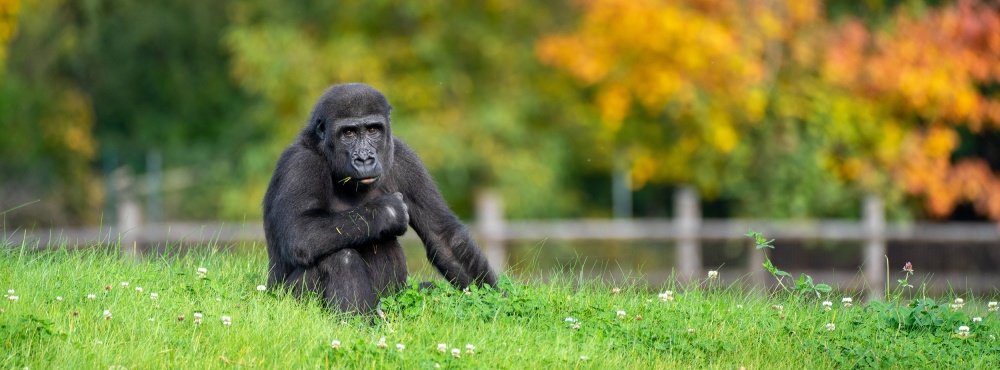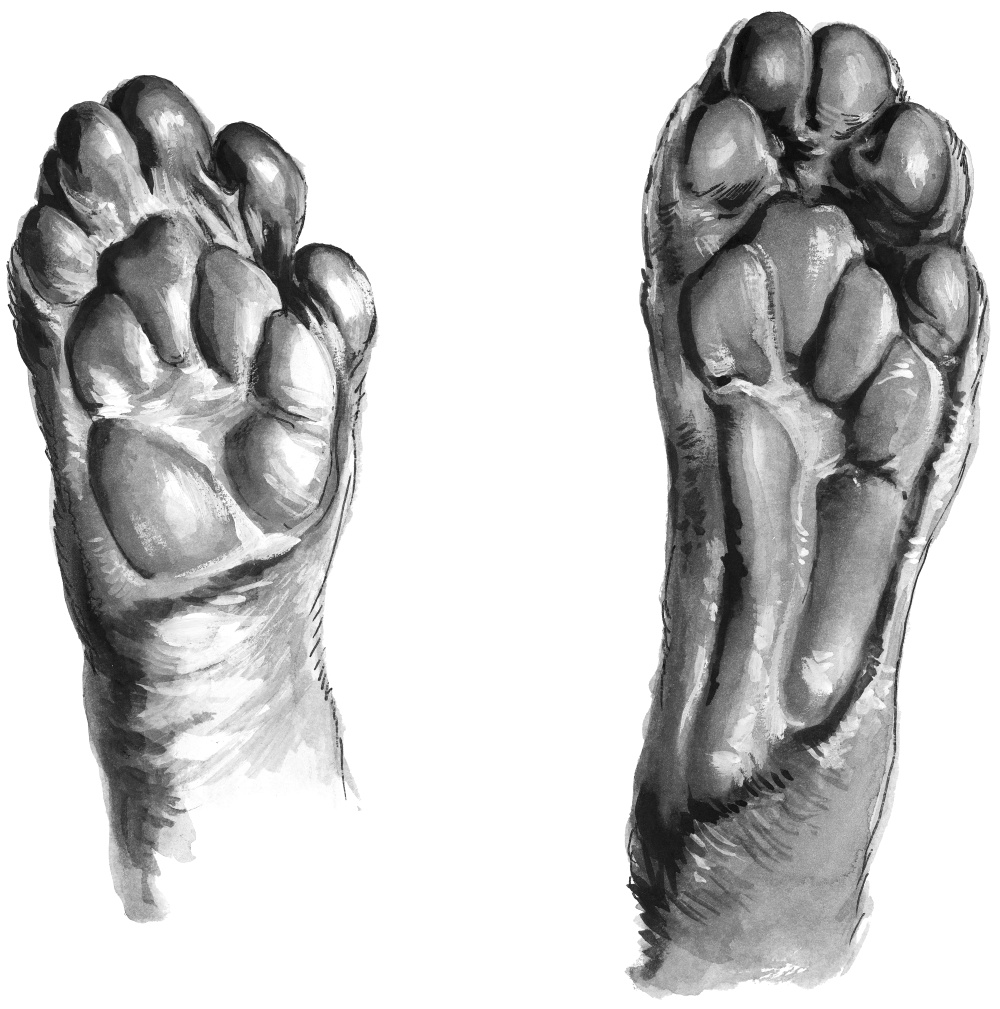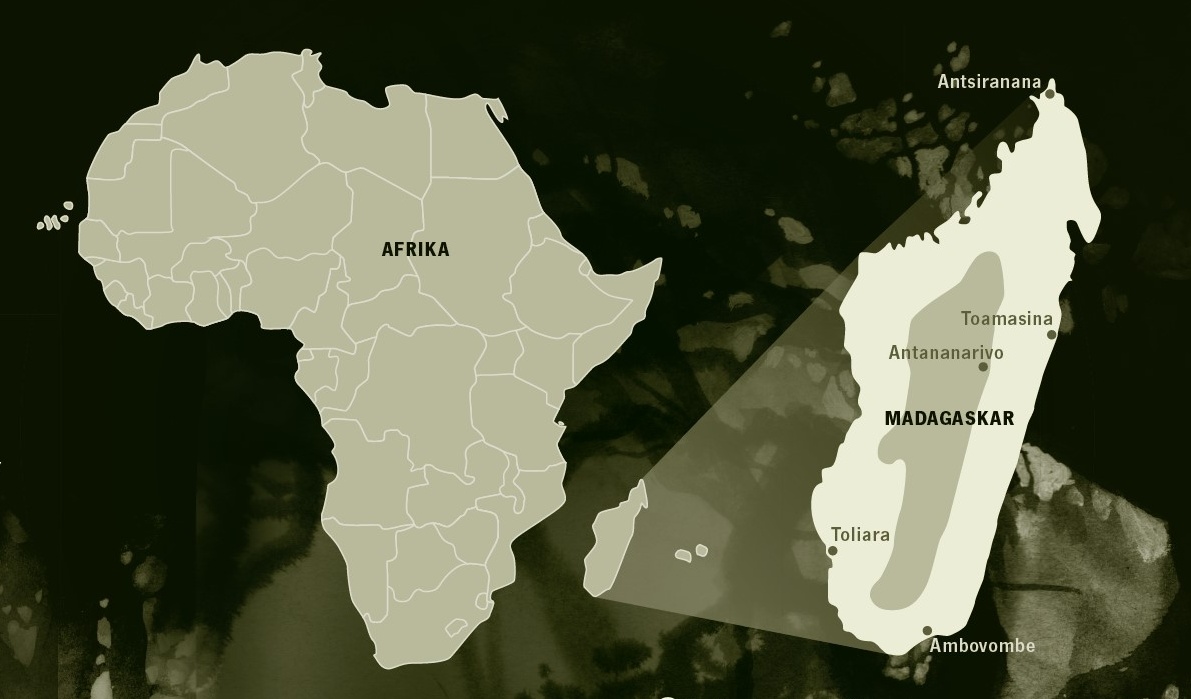Madagascar´s larges carnivoran

Felines are found in the wild across nearly the entire world. However, there are regions where they do not naturally occur. One such place is the African island of Madagascar. Here, the role of the apex predator is filled by the fossa.

THE WORLD OF UNIQUE CREATURES
Madagascar is quite a different version of Africa. With a few exceptions (such as the Nile crocodile), none of the animals from the African mainland are found here. Instead, the island gave rise to unique species found nowhere else on Earth. About 90 % of all animal and plant species in Madagascar are endemic!
EXTINCT GIANTS
Today, Madagascar is mostly a world of small animals. The largest native mammal weighs only about 10 kg, and the biggest birds are eagles. However, this was not always the case. Just 2,000 years ago, Madagascar was home to pygmy hippos, lemurs weighing over 200 kg, and flightless elephant birds weighing up to half a tonne. They became extinct following the arrival of humans.
UNUSUAL CARNIVORANS
Instead of cats, dogs, bears, or other “common” carnivorans, Madagascar is home to Malagasy carnivorans (Eupleridae). Most of these resemble mongooses or genets. However, the largest of them, the fossa, gives the impression of being something between a marten and a cat, both in its appearance and behaviour, although it is not closely related to either.
UNDER MOTHER’S PROTECTION
Fossas are solitary creatures, meeting only to mate. As females mate with multiple males, the father is unknown and does not participate in raising the offspring. The young are born in burrows, tree cavities, or other shelters, and are blind, toothless, and covered in whitish fur. They begin venturing outside at around four months of age but depend on their mother’s care for the entire first year, during which they learn to hunt.
FOSSAS UNDER THREAT
Fossas are killed in their homeland for meat or as “pests” since they prey not only on lemurs and other wild animals but also on domestic poultry. Additionally, parts of their bodies are used in traditional medicine by local people. Combined with the alarming extent of deforestation and habitat destruction in Madagascar, it is no surprise that fossa numbers are declining in the wild.
 FOSA´S PHYSIQUE
FOSA´S PHYSIQUE
- Freely moving shoulder blades (similarly to cats)
- Pupils contractible into vertical slits
- Long tactile whiskers
- Partially retractable claws
- Versatile gait – can walk on toes (like cats) or on full soles (like bears)
- Highly flexible ankles allow climbing even headfirst down
- Long tail aids in maintaining balance while navigating branches
FOSSA’S PAWS FROM BELOW
- Five-toed tracks (unlike the four-toed tracks of cats)
- Bare soles, with paw pads extending to the heel

CZECH: Největší šelma Madagaskaru
ZOOPRAHA.CZ
Contacts
- The Prague zoological garden
U Trojskeho zamku 120/3
171 00 Praha 7
Phone.: (+420) 296 112 230 (public relations department)
e-mail: zoopraha@zoopraha.cz
Others








